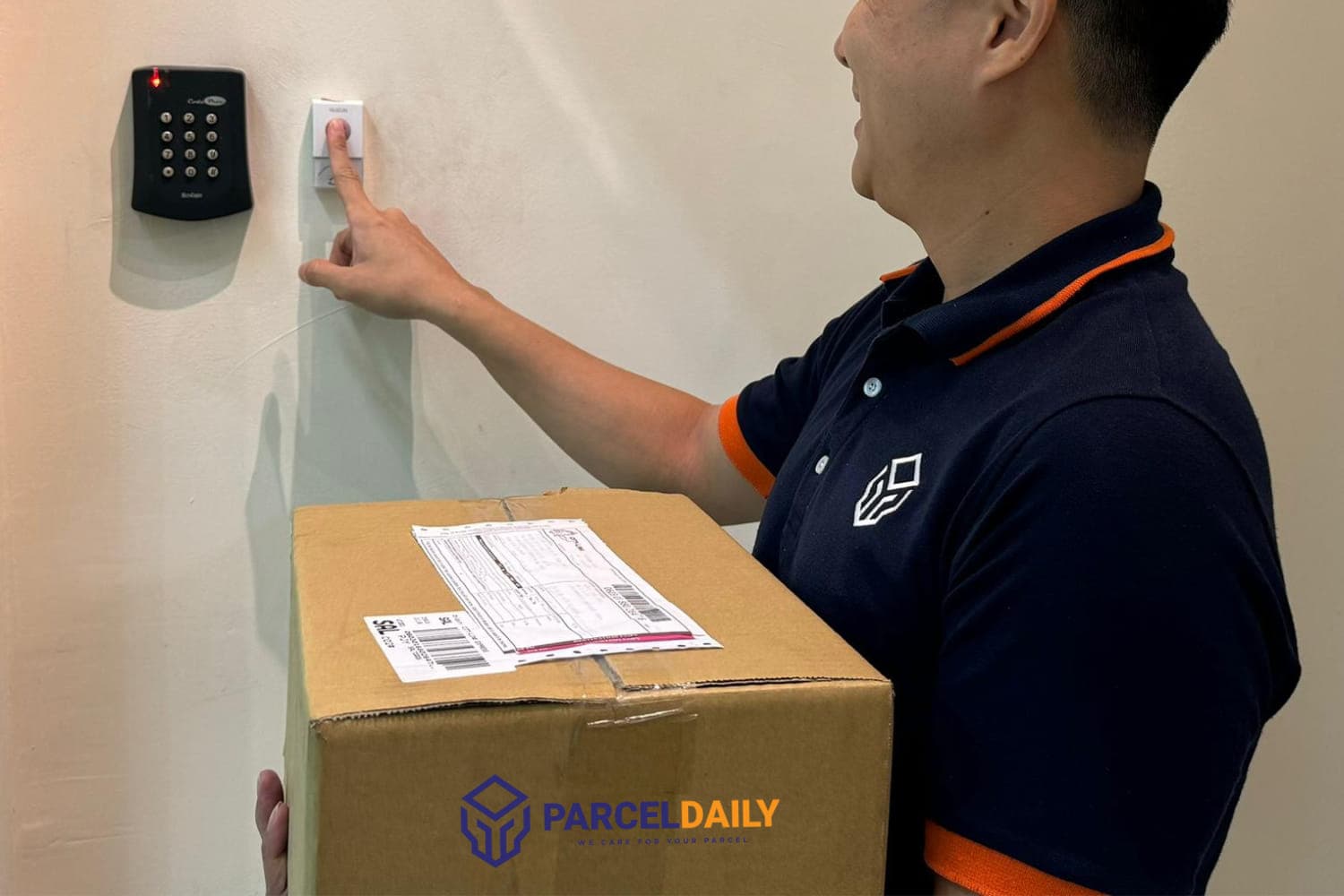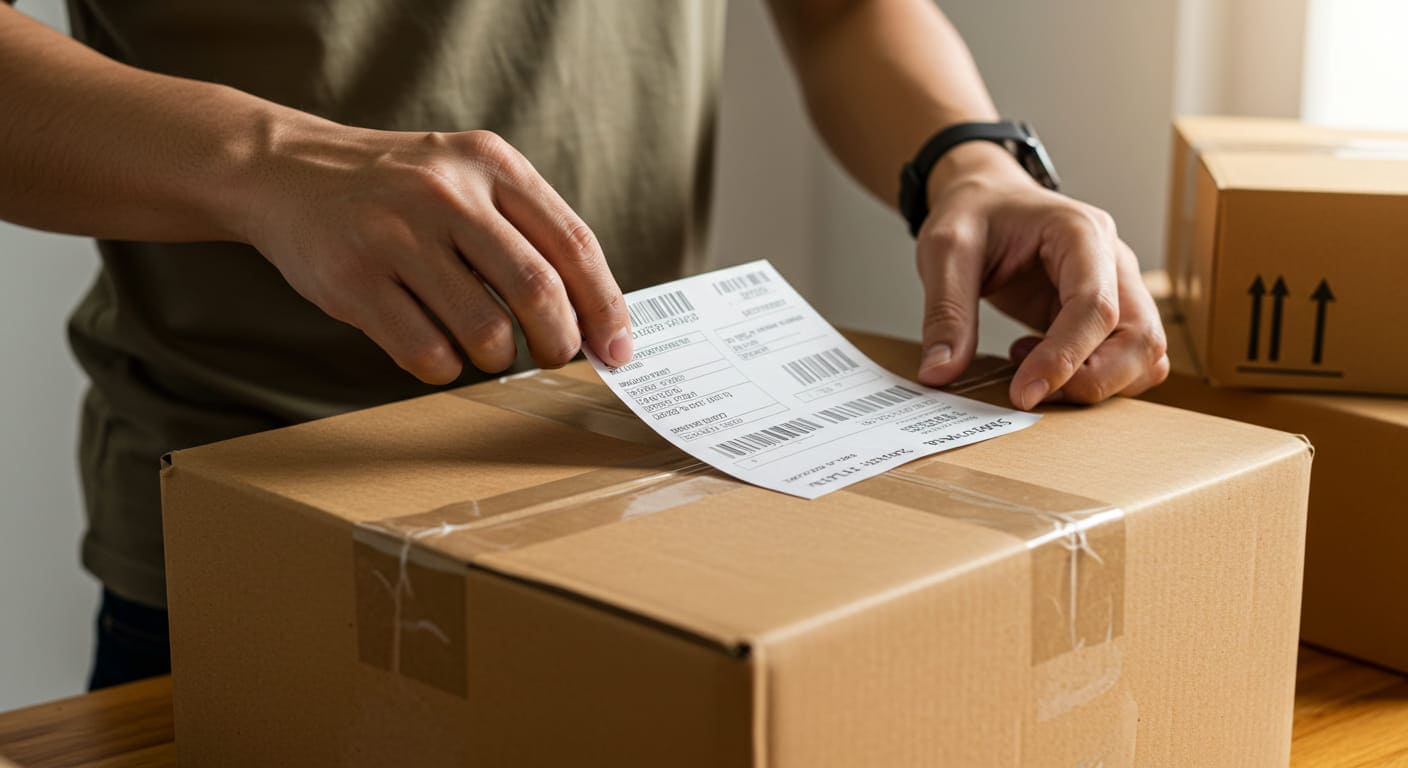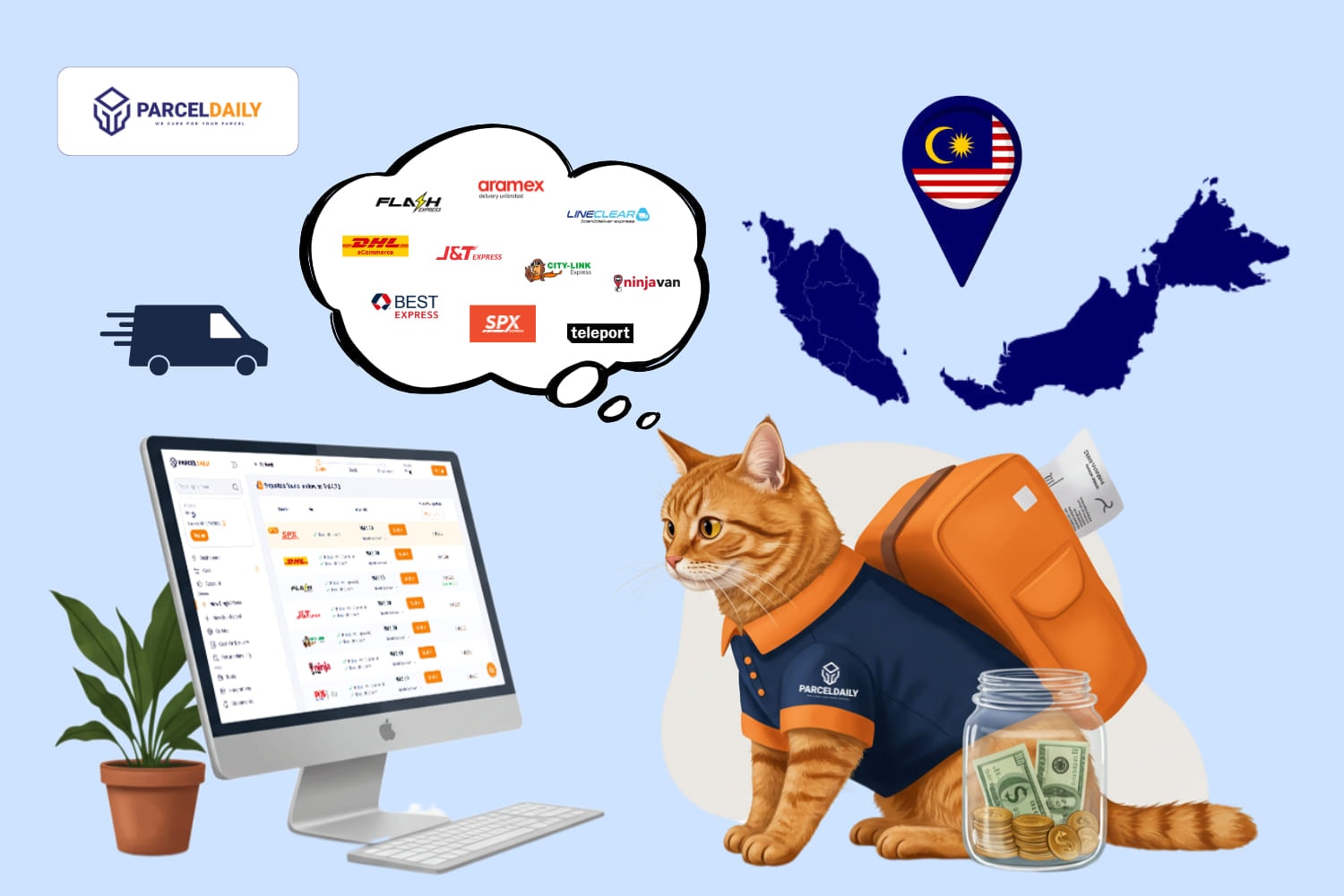If you’re running an online business in 2025, you know that logistics isn’t just a cost center; it’s a competitive battleground. You absolutely need to reduce shipping costs. Why? Because every Ringgit saved on sending a parcel drops straight to your bottom line, fueling growth and giving you an edge.
In today’s e-commerce world, customers expect fast, reliable, and often free shipping. Balancing those expectations while protecting your margins is tough. High shipping expenses can cripple profitability, especially for SMEs. But here’s the good news: you can dramatically reduce shipping costs without frustrating your customers or slowing down your operations.
Forget theoretical fluff. This is about actionable, street-smart strategies – blending savvy negotiation, operational efficiency, and clever marketing psychology. Think of this as your blueprint for turning shipping from a necessary evil into a strategic advantage. Let’s dive in.
Table of Contents
1. Know Your Numbers: The Essential First Step to Reduce Shipping Costs
Before you can slash costs, you need laser-like clarity on what you’re actually spending. You can’t manage what you don’t measure. It’s time to audit your current shipping expenses like a hawk.
Key Metrics to Track Religiously:
- Average Cost Per Shipment: Your baseline reality check.
- Shipping Cost as a Percentage of Average Order Value (AOV): Are shipping fees eating too much into your sale value?
- Costs by Delivery Zone: Identify your most expensive shipping destinations (e.g., East Malaysia vs. West Malaysia, rural vs. urban).
- Costs by Weight/Dimension Brackets: Where are your packages typically falling, and can they be optimized?
- Courier Surcharges: Fuel, remote area fees, oversized penalties, COD fees – these add up fast!
- Failed Delivery Costs: What’s the real cost of returns and re-attempts?
Actionable Step: Use your e-commerce platform’s reporting (Shopify, WooCommerce, EasyStore, SiteGiant) and data from your courier portals or shipping aggregators (like ParcelDaily, EasyParcel). Create a simple spreadsheet or dashboard. Update it weekly or monthly. This data is your ammunition for negotiation and optimization.
2. Unlock Lower Rates: Negotiate Like a Pro (Yes, YOU Can!)
Here’s a secret weapon many SMEs overlook: Courier rates are almost always negotiable. Don’t just accept the standard rate card, especially if you have consistent volume (even 20-30 parcels a day gives you leverage).
Tactics for Effective Negotiation:
- Leverage Your Volume: Even modest volume is better than zero. Clearly state your average daily/monthly shipments.
- Get Quotes from Competitors: Contact account managers at major players (J&T Express, Ninja Van, Pos Laju, DHL eCommerce, BEST Express, Flash Express etc. in Malaysia). Let them know you’re shopping around.
- Use Shipping Aggregators: Platforms like ParcelDaily often have pre-negotiated bulk rates that are lower than going direct, especially for smaller volumes. Compare their offerings.
- Look Beyond the Base Rate: Negotiate on surcharges, COD fees, insurance costs, and volumetric weight divisors (a higher divisor is better for bulky items).
- Commit to Volume (If Possible): If you can forecast consistent growth, use that as a bargaining chip for better tiers.
Key Takeaway: Stop leaving money on the table. A 5-10% reduction in your base shipping rate through negotiation can mean thousands of Ringgit saved annually.
3. Shrink Your Parcels, Shrink Your Costs: Smart Packaging Tactics
This is supply chain optimization 101, framed by the principle of lean logistics: eliminate waste. Excess packaging size and weight are pure waste, directly inflating your shipping costs, especially with dimensional weight (DIM) pricing.
How to Optimize Your Packaging to Reduce Shipping Costs:
- Right-Size Your Boxes: Stock various box sizes and use the smallest possible one that safely fits the product. Avoid excessive empty space.
- Use Lighter Materials: Switch from heavy boxes to lightweight corrugated mailers, poly mailers, or padded envelopes where appropriate.
- Ditch Unnecessary Fillers: Replace bulky bubble wrap or foam peanuts with lighter, eco-friendly options like crumpled paper, air pillows (used sparingly), or biodegradable void fill.
- Custom Packaging: For high-volume standard products, investing in custom-fit packaging can yield significant long-term savings by minimizing both material use and DIM weight charges.
Bonus: Smaller, lighter packages often fall into cheaper shipping tiers and are less prone to damage.
4. Automate for Savings: Use Technology to Choose the Best Rates
Manually choosing the cheapest courier for every single order is time-consuming and prone to errors. This is where technology becomes your best friend in the quest to reduce shipping costs.
Implement Smart Shipping Rules:
- Shipping Software/Aggregators: Use platforms (like ParcelDaily, Delyva, EasyParcel, or integrated apps within Shopify/WooCommerce) that allow you to set up automated rules.
- Dynamic Rate Shopping: Configure rules to automatically select the cheapest courier based on:
- Package weight and dimensions
- Destination postcode (e.g., different preferred carriers for Klang Valley vs. Sabah)
- Required delivery speed (Standard vs. Express)
- Service type (COD vs. Non-COD)
- Bulk Processing: Use features like bulk order uploads and label printing to streamline the entire process, saving time and reducing manual errors.
The Principle: Responsive supply chains need dynamic decision-making. Automation ensures you consistently get the best rate for each specific shipment without manual effort.
5. Offer Free Shipping Without Breaking the Bank
“Free Shipping” is arguably the most powerful psychological trigger in e-commerce. It dramatically boosts conversion rates. But offering it blindly can destroy your margins. The key is to offer it strategically.
Smart Ways to Offer “Free” or Discounted Shipping:
- Set a Minimum Order Value (MOV): Offer free shipping only on orders above a certain threshold (e.g., RM80 or RM100). This encourages larger purchases, offsetting the shipping cost. Calculate your MOV carefully based on your AOV and margins.
- Offer Flat-Rate Shipping: Instead of pure free shipping, offer a predictable, subsidized flat rate (e.g., RM5 shipping nationwide). This simplifies things for customers and caps your exposure.
- Zone-Restricted Free Shipping: Offer free shipping only within certain zones where your costs are lower (e.g., West Malaysia only, or specific states).
- Product-Specific Free Shipping: Offer it only on high-margin items.
- Tiered Shipping: Offer standard (paid), expedited (paid), and free (slower, or above MOV). Give customers choices.
Key Idea: Frame shipping as a reward or a value-add, not just a cost to be absorbed. Test different thresholds and offers to see what works best for your conversion rates and bottom line.
6. Optimize Your Fulfillment Network: Ship Smarter, Not Harder
Where you store and ship your inventory from significantly impacts your last-mile delivery costs and speed. Shipping a parcel from Selangor to Sabah is inherently more expensive than shipping it within Selangor. Proximity to your customer base matters.
Strategies for Network Optimization:
- Analyze Your Customer Locations: Where do most of your orders ship to? If you have significant volume in different regions (e.g., Klang Valley, Penang, Johor, East Malaysia), consider regional fulfillment.
- Utilize Third-Party Logistics (3PL) Providers: Partner with 3PLs that have warehouses in strategic locations (like ParcelDaily Warehouse Fulfillment, Ninja Van Fulfillment, etc.). They handle storage, picking, packing, and shipping, often leveraging their scale for better rates.
- Consider Micro-Fulfillment Centers: For very high-volume areas, smaller, localized hubs can drastically reduce last-mile costs and enable faster delivery.
- Drop Shipping (Strategically): While not always the cheapest per se, drop shipping eliminates inventory holding costs and can work for certain product types or market entry.
The Goal: Shorten the distance your average parcel travels. This is a fundamental way to reduce shipping costs and improve delivery times.
7. Explore Alternative Delivery Methods: BOPIS & Local Options
Think outside the traditional courier box. Offering alternative delivery methods can completely eliminate shipping costs for some orders and provide faster options for others.
Cost-Saving Alternatives:
- In-Store Pickup (BOPIS/Click & Collect): If you have a physical store or office, allow local customers to collect their orders directly. Zero shipping cost!
- Locker Pickups: Partner with locker networks (like ParcelHub lockers, PopBox) for convenient, low-cost self-collection points.
- Local Same-Day Delivery Partners: Integrate with on-demand services like Lalamove, GrabExpress, or Borzo for urgent, local deliveries within major cities (especially Klang Valley). While potentially more expensive per delivery than standard courier, it can be a premium service or competitive advantage, and cheaper than failed next-day deliveries.
Benefit: These methods not only reduce shipping costs but also enhance customer convenience and speed, boosting satisfaction.
8. Cut Down on Costly Failed Deliveries and Returns
A failed delivery is incredibly expensive. You pay for the initial attempt, often pay for the return, and might pay again for a re-delivery attempt. Plus, it creates a terrible customer experience. Prevention is key.
How to Minimize Failed Deliveries:
- Address Validation Tools: Use plugins or features that automatically validate addresses and suggest corrections during checkout.
- Clear Contact Information: Ensure you collect accurate phone numbers and email addresses.
- Proactive Tracking & Notifications: Provide customers with real-time tracking links and send SMS/email updates (out for delivery, delivery attempt).
- Delivery Options/Preferences: Allow customers to leave delivery instructions (e.g., “leave at guardhouse”) or even choose a preferred delivery date/time slot if feasible with your carrier.
- COD Confirmation: For Cash-On-Delivery orders, implement an SMS or WhatsApp confirmation step before shipping to filter out fraudulent or non-serious orders.
Remember: The most expensive delivery is the one that doesn’t reach the customer successfully the first time.
Bonus Tip: Encourage Bundling & Subscriptions
Nudge customers towards behaviors that increase shipping efficiency.
- Bundle Deals: Offer discounts for buying multiple items together. This increases AOV and allows you to ship more products in a single, more cost-effective parcel.
- Subscription Boxes/Repeat Orders: Encourage recurring orders. This allows for predictable shipping volume and potential consolidation, helping you reduce shipping costs per item over time.
Final Thoughts: Optimize Efficiency, Not Just Slash Costs
Successfully reducing shipping costs isn’t about finding the absolute cheapest, potentially unreliable option. It’s about building a smarter, more efficient logistics operation. It requires a blend of:
- Data-Driven Decisions: Know your numbers.
- Strategic Negotiation: Don’t be afraid to ask for better rates.
- Operational Excellence: Optimize packaging and workflows.
- Technological Leverage: Automate where possible.
- Customer-Centric Design: Offer shipping options that work for your customers and your bottom line.
By implementing these proven strategies, inspired by the best minds in logistics and marketing, you can transform your shipping operations from a drain on profits into a streamlined engine for growth. Start auditing, start negotiating, start optimizing – and watch your margins improve.



